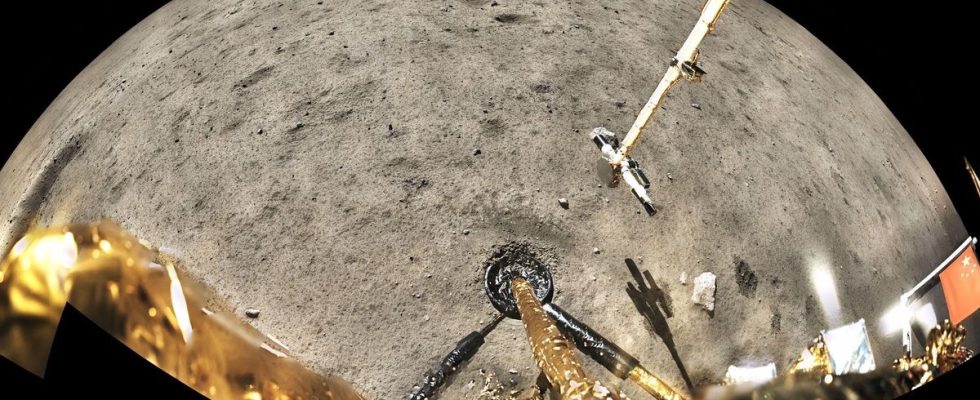More than fifty years after the first trace of an American sole, no French instrument has yet placed the slightest “leg” or antenna on the surface of the Moon. And it’s DORN, from the top of its 42 cm, which is responsible for opening this new page. The instrument, capable of measuring radon, this rare radioactive gas (resulting from the disintegration of uranium) best known on Earth for causing lung cancer, is still in its Toulouse cradle for the time being. At the Institute for Research in Astrophysics and Planetology (Irap), where researcher Pierre-Yves Meslin imagined it and where his team has patiently assembled it since CNES accepted his application in 2019. But he will soon escape to its creators. DORN must “embark” at the end of July for China, its departure for the Moon being scheduled for “mid-2024”, aboard the Chang’E-6 mission.
The Middle Kingdom, which has never failed in its lunar adventures since their start in the mid-2000s, intends this time to be the first country to bring back samples of the “hidden face” of the star of the night, never explored. “It is the lunar geological region where the crust is the thinnest”, underlines Pierre-Yves Meslin, and therefore the most likely to give information on the composition of the lunar mantle.
A share of the sample hoard?
Before falling asleep for eternity, DORN will have hardly more than 48 terrestrial hours to fulfill its main task: to refine our knowledge of the lunar atmosphere, called “exosphere”, extremely volatile, in permanent renewal, for which the orbital probes have only given incomplete information and above all which will be irreparably disturbed by future missions such as Artemis for Nasa and the Europeans, or even the idea pursued by the Chinese to set up a base on the surface altogether.
The idea is to determine what are the origins of this exosphere. There are several – the solar wind and micrometeorites in particular – but DORN will focus on an “endogenous” origin, on the “radioactive degassing of the Moon”. As radon disappears after about five days, like its chemical descendants such as Polonium, it is “a good marker” for studying the transport of gases in the exosphere, the transport of dust on the regoltithe – the lunar soil -, the radioactivity of its mantle and its seismicity. In short, to lift the veil on the springs of the lunar climate.
DORN is the very first collaboration between France and China in the field of space exploration. With this place on board Chang’E-6, As a diplomatic instrument, it also carries the “unprecedented” hope that our country will be able to inherit a few grams of the samples collected in order to be able to study them.
* Detection of Outpassing Radon

